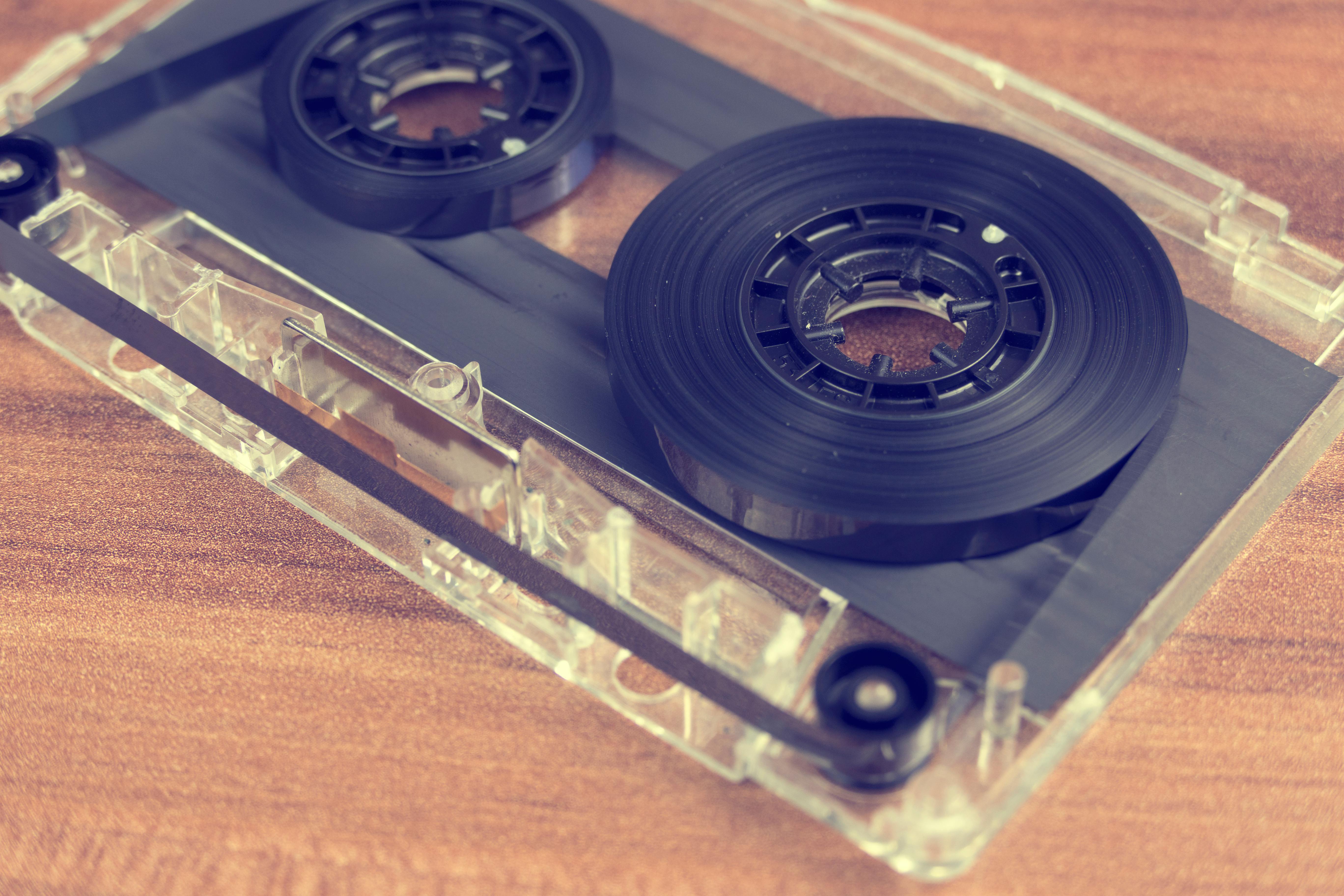
The truth about home remedies for ingrown toenails
admin
- 0
When she walked into the living room, Billy was sitting on the sofa. Her sock and his shoe lay on the floor. He was looking closely at his big toe. Then he looked at his mother and said, “I think I have an ingrown toenail. It’s been hurting since last week, but I didn’t want you to take me to the doctor. I was hoping it would go away.”
Ingrown toenails can be painful. But the idea of going to the doctor seems to bother some kids even more. Mix the emerging independence of a teenager with a little fear of doctor’s offices, and it’s no wonder they wait to ask for help.
There are many home remedies for ingrown toenails. Some work and some don’t. Some are even the same as a pediatrician would recommend. Once you understand the causes and the various home treatments for ingrown toenails, you can decide for yourself which one is best.
An ingrown toenail begins when any part of the nail becomes trapped in the skin around the nail. The skin then becomes irritated and inflamed. If the nail piece is sharp, the skin can be pierced or cut with the jagged corner of the nail. If the toenail pierces the skin and causes an open wound, bacteria and infection can develop. The toe becomes red, swollen and very painful.
The most common home remedy for ingrown toenails is to soak your foot in warm Epsom salts. Soaking the foot in this way can soften the skin around the nail. This can make the area less swollen and less painful. In some cases it may be enough to free the piece of ingrown toenail.
Some people think that Epsom salt baths can cure an ingrown toenail. It is true that a high concentration of Epsom salts can kill the bacteria that cause infections. However, Epsom salts can also kill fibroblast cells that heal wounds. If there is an open wound or infection, Epsom salt baths can prolong healing.
Vaseline applied to an ingrown toenail is another common home treatment. Patients have said they believe Vaseline will soften the nail and allow it to slide out of the ingrown toenail fold. While Vaseline will soften your skin, it also traps a lot of moisture. This can cause the skin to get too wet and break down. If the skin breaks, you have a much higher chance of bacteria getting in and causing an infected ingrown toenail.
Another common home remedy is to stuff cotton under the corner of the nail. The idea is that you can keep the nail away from the skin long enough for it to calm down. But this usually backfires. The cotton actually creates more pressure on the skin under the toenail. Cotton also retains moisture which can encourage infection.
Another myth about ingrown toenails is that a V-shaped piece of nail can be cut from the center of the toenail. The idea is for the space you cut in the middle to slowly move in, pulling the corners of the nail in to release the ingrown nail on the side of the toe. Unfortunately, this is not possible. The nail plate itself is very rigid and is held in place by small grooves that prevent this from happening. Cutting a “V” into the nail will not help.
Some people can free the ingrown toenail simply by cutting the piece of toenail that is stuck in the skin. Podiatrists usually warn against trying to do this yourself at home because it can make things worse, but sometimes it will fix the ingrown toenail. But you have to be very careful to remove the ENTIRE corner of the nail that is glued on.
Frequently people will try to remove the nail and only get part of it. They get some relief, simply because there is less pressure on the nail bed. However, the piece that remains is a small, sharp sliver called a spicule.
So the toe feels better for a few weeks, but the spicule gets longer as the nail grows. If you then trip over a curb or slam your toe against a table leg. And whammo… that little spicule pokes right into the skin at the corner of the nail fold. The ingrown toenail comes back with a vengeance.
Massaging the nail plate after showering or bathing may be the safest way to try to get rid of an ingrown toenail. Just don’t keep trying if it’s painful. You should also stop if there is any drainage. Drainage can mean infection.
The biggest risk of an ingrown toenail is infection. And any toenail infection needs medical attention. Ingrown toenail infections occur more in people with diabetes. Infections are also common in ingrown toenails that have been worsening for several days. One misconception is that you can simply cure an ingrown toenail by taking antibiotic pills. The simple truth is that you need to remove the irritating nail and cure the infection as well.
One of the best kept secret home remedies is a podiatry house call. A podiatrist is a foot doctor and a true toenail expert. They are trained experts to cure ingrown toenails with the least amount of discomfort. Many podiatrists offer in-home visits to treat toenail problems. That way neither mommy nor little Billy have to worry about going to the doctor’s office.

